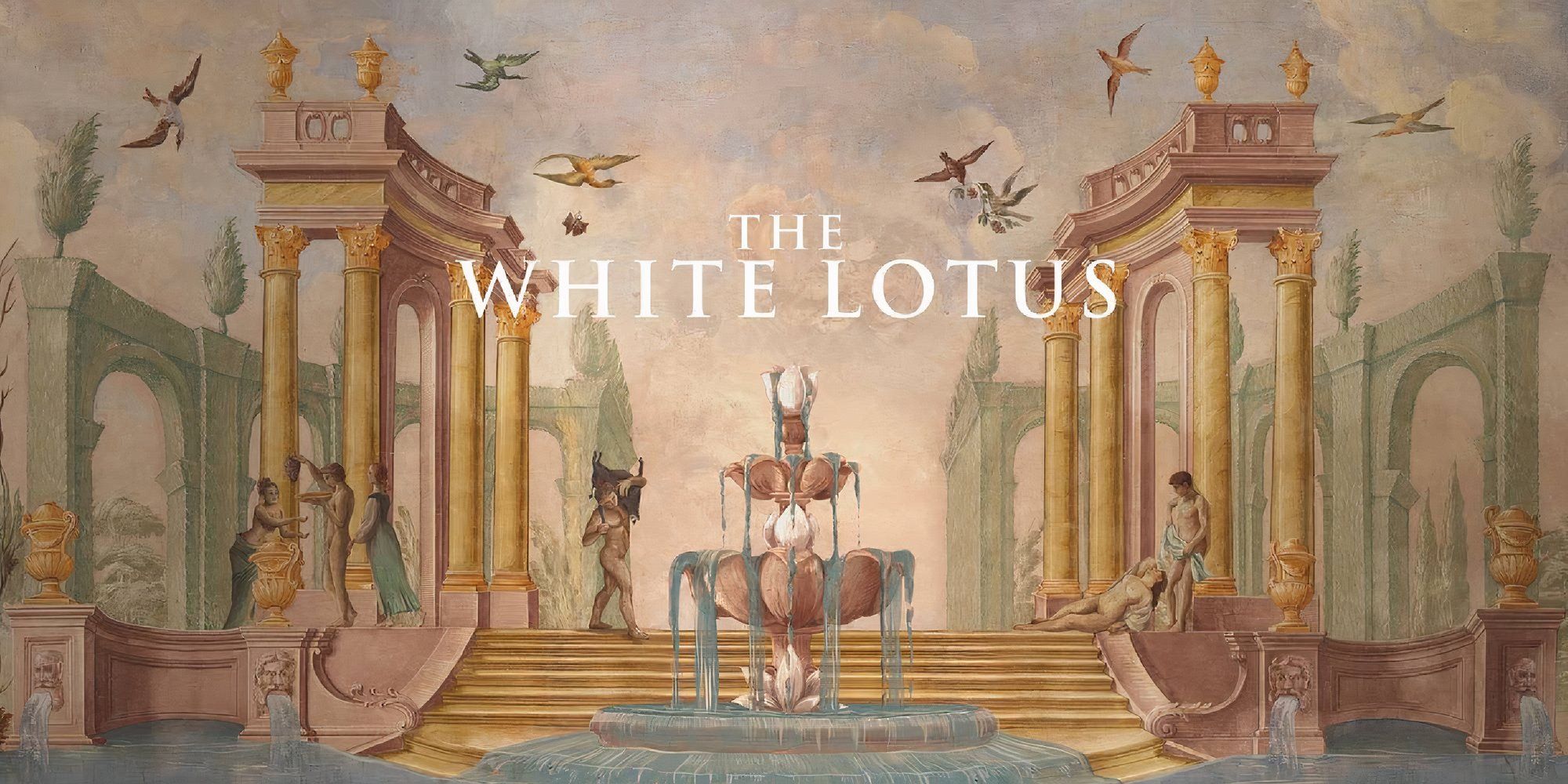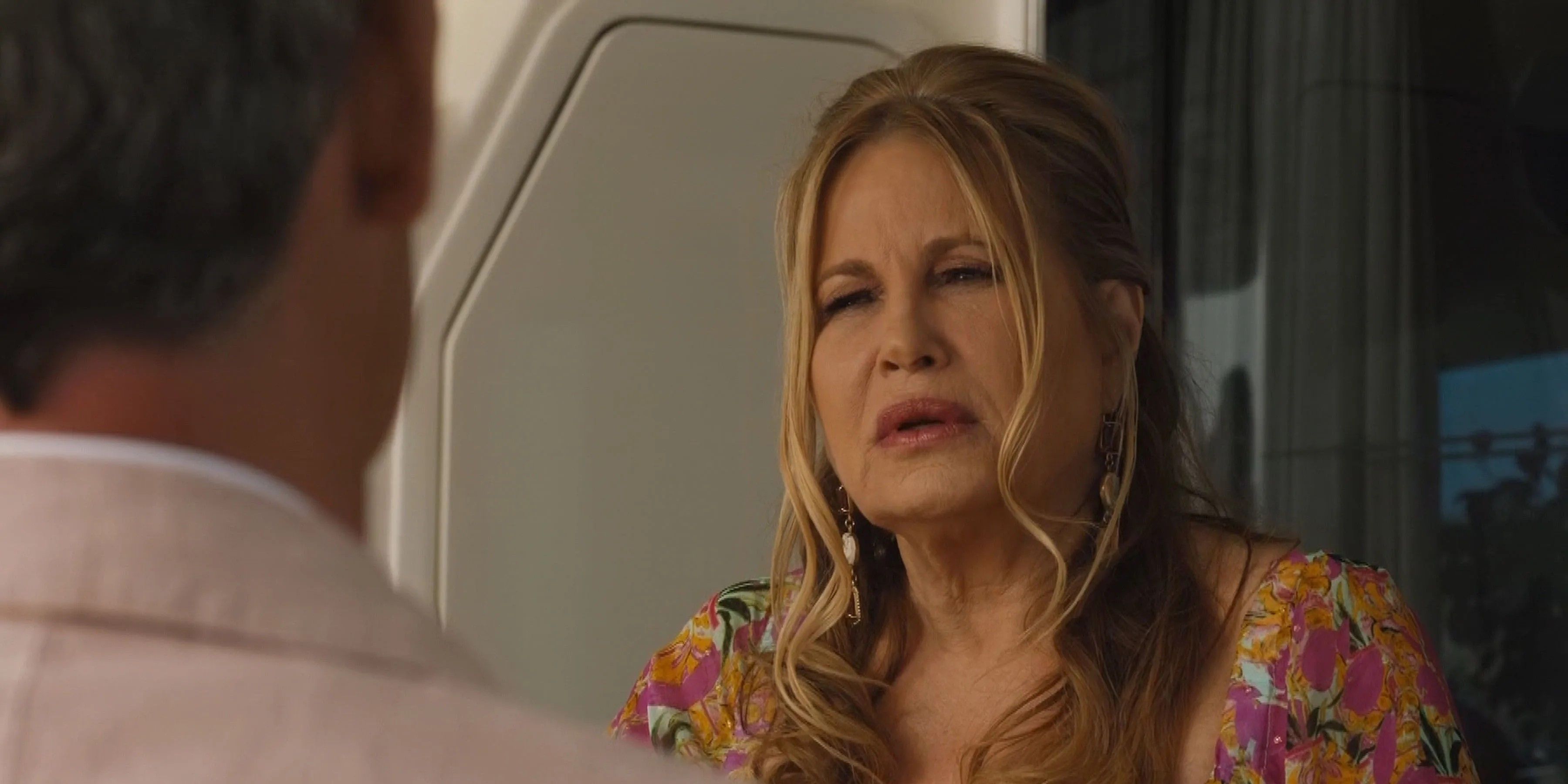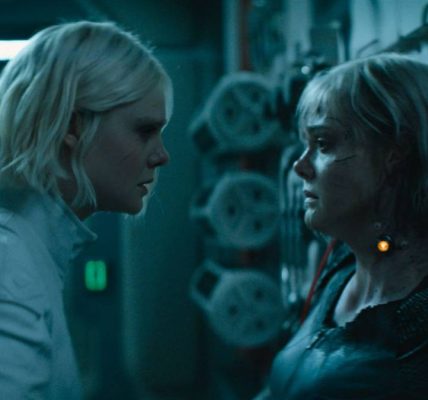In the realm of modern television, few shows have managed to critique societal norms as effectively as Mike White‘s acclaimed series The White Lotus. This series skillfully intertwines dark humor, sharp satire, and intense drama, captivating audiences with its breathtaking visuals and cinematography. The expertly woven social commentary and masterful writing contribute significantly to its critical acclaim, drawing viewers into its complex narrative.
Through its three successful seasons, The White Lotus continues to elevate expectations and provoke thought. Whether you are a fan of psychological intrigue, sharp wit, or simply appreciate a visually arresting series that promises to engage you, Mike White’s creation offers something for all viewers. If you haven’t experienced it yet, here are eight compelling reasons why this series deserves a spot at the top of your watchlist.
8
Captivating Cinematic Soundtrack
One of the standout features of The White Lotus is its remarkable cinematic soundtrack and score, which significantly enhances the viewing experience. The haunting theme song, composed by Cristobal Tapia de Veer, renowned for his work on shows like Utopia and <em>Black Mirror</em>, exemplifies this excellence. Each season’s score adapts beautifully to reflect its unique setting and thematic elements, making it an essential component of the series’ overall success. It’s nearly impossible to think of the show without those haunting melodies playing in your mind.
From Season 1’s “Aloha!” featuring a blend of animalistic shrieks and fast-paced percussion that evokes a sense of tropical unease, to Season 2’s “Renaissance,” which conjures a refined yet unsettling atmosphere, and Season 3’s contemplative “Enlightenment” by Tapia de Veer, the music in this series intricately enhances the emotional depth of the narrative. Additionally, licensed tracks like “Made in Thailand” by Carabao contribute to the cultural richness of each season, further immersing the audience in the viewing experience.
7
Multi-Dimensional Characters
It’s essential to recognize that The White Lotus thrives on its richly layered, complex characters who evoke a love-hate relationship from viewers. Each character is crafted with intricate motivations and flaws, presenting a diverse cast of personalities each season, from the privileged guests to the often-exploited staff members who navigate their unique challenges.
While some characters may seem more relatable than others, the show artfully blurs the boundaries between good and evil, often making it difficult for viewers to fully sympathize with or condemn any individual. This complexity in character development is a key aspect of The White Lotus‘ exploration of class and social dynamics, highlighting the stark contrasts in experiences between the affluent guests and the underpaid staff, thereby emphasizing the consequences of economic disparity.
6
Exceptional Acting Talent
Despite the introduction of a fresh cast each season, The White Lotus consistently showcases a diverse and talented ensemble, injecting new life into its gripping narrative. The remarkable performances delivered by both newcomers and seasoned actors alike have been nothing short of exceptional, demonstrating that the show maintains its high standards of acting regardless of character changes.
Actors like Jennifer Coolidge and Murray Bartlett, who have earned well-deserved Emmys for their outstanding performances, have captivated audiences with their unforgettable portrayals. Season 3 introduces both fresh talent and familiar faces, featuring Lalisa Manobal from Blackpink, Aimee Lou Wood from Sex Education, Jason Isaac from <em>Harry Potter</em>, and Walton Goggins from Justified, ensuring the series continues to deliver excellence in acting.
5
Masterful and Engaging Writing
Thanks to the exceptional storytelling crafted by Mike White, the award-winning series The White Lotus showcases undeniably remarkable writing through its character-driven narrative and incisive satire. This writing has played a crucial role in propelling The White Lotus to its celebrated status, captivating audiences from the outset and serving as the backbone of the show.
White’s writing is not solely for entertainment; it challenges and provokes, compelling viewers to engage with the themes presented throughout the series. As the screenwriter deftly navigates multiple storylines and intricate character arcs, he effectively keeps audiences invested and curious, continually drawing them deeper into the moral complexities at play.
4
Breathtaking Settings and Visual Mastery
It’s challenging to discuss The White Lotus without immediately envisioning its stunning locations and exceptional cinematography. Mike White’s series is not only visually captivating; it serves as a masterclass in visual storytelling, employing its breathtaking visuals—ranging from the lush Hawaiian resorts to the idyllic Italian coastline—as vital components of its narrative. The exquisite locations act as more than mere backdrops; they are integral to the story, significantly shaping the characters’ journeys.
Additionally, <










